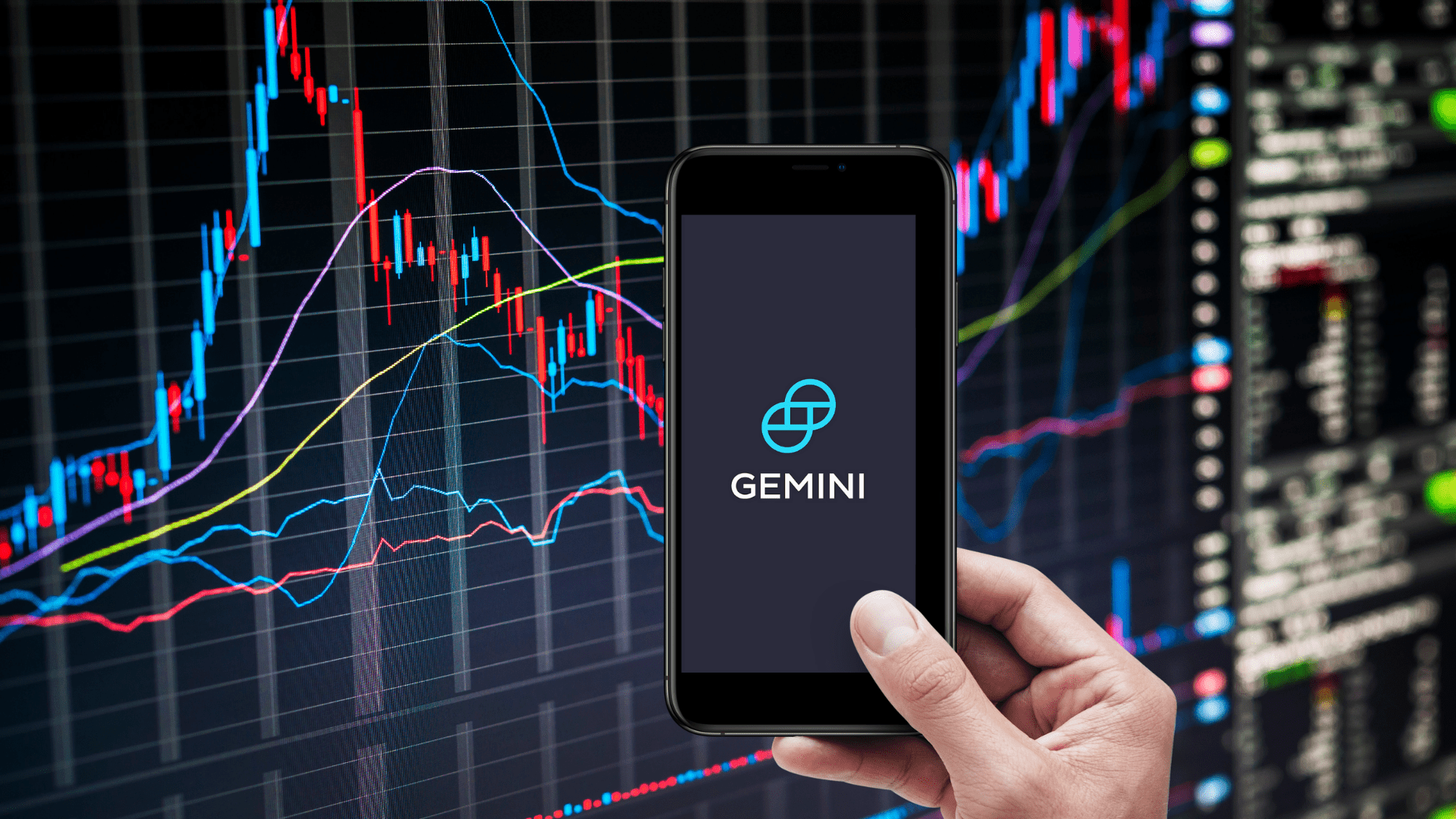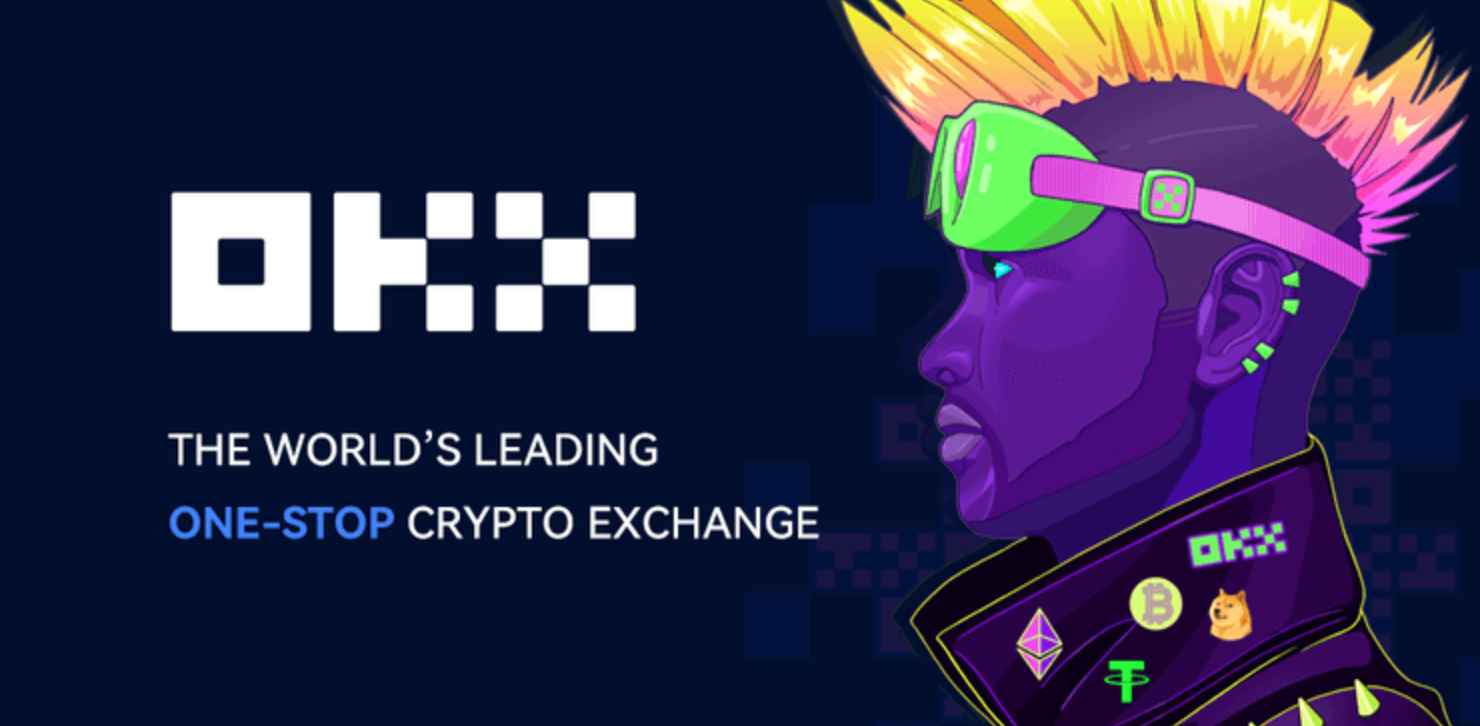Pyth Network expands DeFi reach with crypto redemption rate feeds
Pyth Network is revolutionizing the decentralized finance (DeFi) landscape with its innovative Redemption Rate Feeds (RRF). This cutting-edge feature provides real-time redemption values for a variety of complex assets, including liquid staking tokens, liquidity redemption tokens, and yield-bearing stablecoins.

Pyth Network is making significant strides in the decentralized finance (DeFi) sector by introducing its new feature, Redemption Rate Feeds (RRF). This innovative addition aims to enhance the availability of real-time redemption values for various assets, including liquid staking tokens (LSTs), liquidity redemption tokens ( LRTs), and yield-bearing stablecoins.
Key Features of Redemption Rate Feeds
-
Real-Time Valuations: The RRF provides accurate and immediate valuations for complex assets, moving from estimated to exact values. This upgrade allows more DeFi protocols to effectively utilize Pyth's price feeds.
-
Data Source: The feeds pull data directly from the smart contracts of underlying assets, incorporating accrued rewards and interest, which distinguishes them from traditional market price data.
-
Wide Accessibility: The feeds are permissionless and available to all DeFi developers, promoting broader integration across the ecosystem.
Launch Details
-
Supported Tokens: At launch, Pyth Network's RRF will cover 19 real-time values on Ethereum Virtual Machine (EVM)-compatible networks, including notable tokens like Crypto.com staked ETH (CDCETH), Mountain Protocol’s wUSDM, and Ondo Finance’s USDY.
-
Staking Pairs: The feeds will also include key staking pairs such as Coinbase wrapped staked ETH (cbETH) and Rocket Pool’s liquid staking token (rETH).
Industry Impact
-
Enhanced Market Functionality: By providing precise valuation data, Pyth Network's RRF is set to unlock new DeFi markets and improve the overall functionality of decentralized finance platforms.
-
Integration with Partners: The launch is supported by key industry players, including Ionic, ZeroLend, UniDEX Exchange, and Polynomial, further solidifying Pyth's position in the DeFi landscape.
Pyth Network's introduction of Redemption Rate Feeds marks a pivotal moment in the evolution of decentralized finance, offering tools that enhance asset valuation and market efficiency. Pyth Network is significantly expanding its footprint in the decentralized finance (DeFi) space with the launch of its new feature, Redemption Rate Feeds (RRF). This innovative tool is designed to provide real-time redemption values for a variety of assets, including liquid staking tokens (LSTs), liquidity redemption tokens (LRTs), and yield-bearing stablecoins.
Launch Details
-
Supported Tokens: At launch, Pyth Network's RRF will encompass 19 real-time values on Ethereum Virtual Machine (EVM)-compatible networks, featuring prominent tokens such as Crypto.com staked ETH (CDCETH), Mountain Protocol’s wUSDM, and Ondo Finance’s USDY.
-
Staking Pairs: The feeds will also include essential staking pairs like Coinbase wrapped staked ETH (cbETH) and Rocket Pool’s liquid staking token (rETH).
Industry Impact
-
Enhanced Market Functionality: By offering accurate valuation data, Pyth Network's RRF is poised to unlock new DeFi markets and enhance the overall functionality of decentralized finance platforms.
-
Integration with Partners: The launch is backed by key industry players, including Ionic, ZeroLend, UniDEX Exchange, and Polynomial, further reinforcing Pyth's standing in the DeFi ecosystem.
The introduction of Redemption Rate Feeds by Pyth Network signifies a crucial advancement in the decentralized finance sector, providing essential tools that improve asset valuation and market efficiency.
FAQ:
1. What are Redemption Rate Feeds (RRF)?
Redemption Rate Feeds (RRF) are a new feature introduced by Pyth Network that provides real-time redemption values for various assets, including liquid staking tokens (LSTs), liquidity redemption tokens (LRTs), and yield-bearing stablecoins. This feature enhances the accuracy and availability of asset valuations in the DeFi ecosystem.
2. How do RRFs differ from traditional price feeds?
Unlike traditional price feeds that rely on market prices, RRFs pull data directly from the smart contracts of the underlying assets. This allows RRFs to provide precise valuations that account for accrued rewards and interest, offering a more accurate representation of an asset's value.
3. Which tokens are supported by the RRF at launch?
At launch, the RRF will support 19 real-time values on Ethereum Virtual Machine (EVM)-compatible networks. Notable tokens include Crypto.com staked ETH (CDCETH), Mountain Protocol’s wUSDM, and Ondo Finance’s USDY, among others.
4. Who can access the Redemption Rate Feeds?
The RRFs are permissionless and available to all DeFi developers. This open access encourages broader integration and utilization across various decentralized finance platforms.
5. How can developers integrate RRFs into their projects?
Developers can access the RRFs through Pyth Network's API and documentation, which provide the necessary tools and guidelines for integration into their DeFi applications.
6. What impact do RRFs have on the DeFi ecosystem?
By providing accurate and real-time asset valuations, RRFs are expected to unlock new markets and improve the overall functionality of decentralized finance platforms. This can lead to enhanced trading strategies, better liquidity management, and more efficient financial products.
7. Who are the partners involved in the launch of RRFs?
The launch of RRFs is supported by several key industry players, including Ionic, ZeroLend, UniDEX Exchange, and Polynomial, which helps to solidify Pyth Network's position in the DeFi landscape.
8. Where can I find more information about Pyth Network and RRFs?
For more information, you can visit the official Pyth Network website or follow their social media channels for updates, documentation, and community discussions.
What's Your Reaction?















